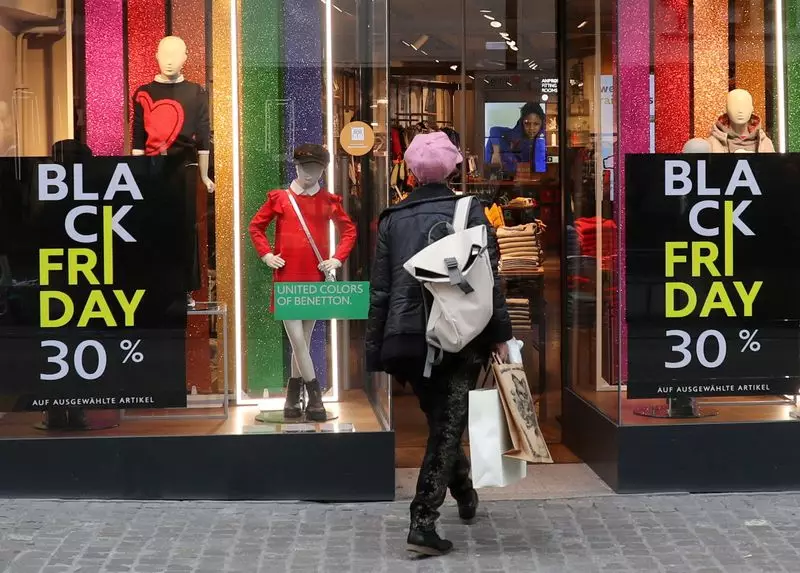The landscape of holiday shopping is undergoing a significant transformation, largely influenced by the growth of online shopping and shifting consumer preferences. A recent report by the Bank of America Institute sheds light on how these changes are creating new shopping hotspots, particularly among lower-income households. The report draws from internal credit and debit card data to analyze trends that have emerged in the retail sector as a result of evolving habits, particularly as the holiday season approaches.
Rise of Online Retailing
One of the most striking revelations from the Bank of America report is the marked increase in online shopping’s share of total retail spending. The data indicates that 26% of total retail card expenditure in August 2024 came from online transactions, marking a 1.5 percentage point increase over the previous two years. This surge is predominantly driven by consumers earning less than $50,000 annually, who are increasingly opting for online deals over traditional brick-and-mortar shopping. The pandemic acted as a catalyst for this shift, pointing to a consumer-driven preference for the convenience and accessibility that online shopping provides, especially during busy holiday seasons.
Traditionally, significant retail events such as Black Friday and Christmas Eve marked the peak of holiday spending. However, the report highlights a notable decline in in-person shopping during these times. Specifically, there has been a 5% decrease in brick-and-mortar spending from these peak shopping days compared to 2019. Conversely, Cyber Monday has gained ground, with its share of holiday shopping increasing by 2%. This dual trend suggests that while consumers are still participating in these iconic shopping days, there is an undeniable shift towards seeking the ease of online deals.
An intriguing aspect of the report is the divergent impact of these shopping trends across different income brackets. Lower-income individuals are increasingly abandoning malls, with expenditures falling by 20% since 2021. In contrast, shoppers from higher-income groups exhibit more stable shopping behaviors, decreasing their mall spending by only 4%. This disparity raises questions about the future of physical retail spaces, especially as lower-income households search for value through online platforms. As the retail ecosystem evolves, it seems that malls may continue to remain a vital component for higher-income consumers while facing significant challenges in attracting lower-income shoppers.
Looking ahead to the 2024 holiday season, the Bank of America’s findings suggest that online spending is set to expand even further. Prominent online shopping events, such as Cyber Monday, will likely continue to draw in consumers drawn by convenience and savings. The report indicates that just before Christmas, online sales tend to experience another spike as consumers prioritize timely deliveries. This trend emphasizes the necessity for retailers to adapt rapidly, focusing on enhancing their online platforms and ensuring efficient logistics systems are in place.
Despite the optimism surrounding online retail growth, there are potential challenges on the horizon. The report introduces concerns regarding recent port strikes that could disrupt supply chains leading into the holiday season. While Bank of America Global Research maintains that current disruptions have a minimal impact unless prolonged, retailers must remain agile and proactive. Many may need to absorb additional costs to maintain customer satisfaction without inflating prices—a delicate balance in an increasingly competitive market.
The retail landscape is poised for further evolution as online shopping becomes the predominant choice for consumers, particularly lower-income households. Traditional shopping hotspots are losing their stronghold, with consumers embracing convenience and value offered by online platforms. As the holiday season approaches, retailers will need to implement innovative strategies to capture new shoppers and effectively meet their demands. Understanding these shifting dynamics will be essential for navigating the complexities of modern retailing and securing a successful holiday season.

